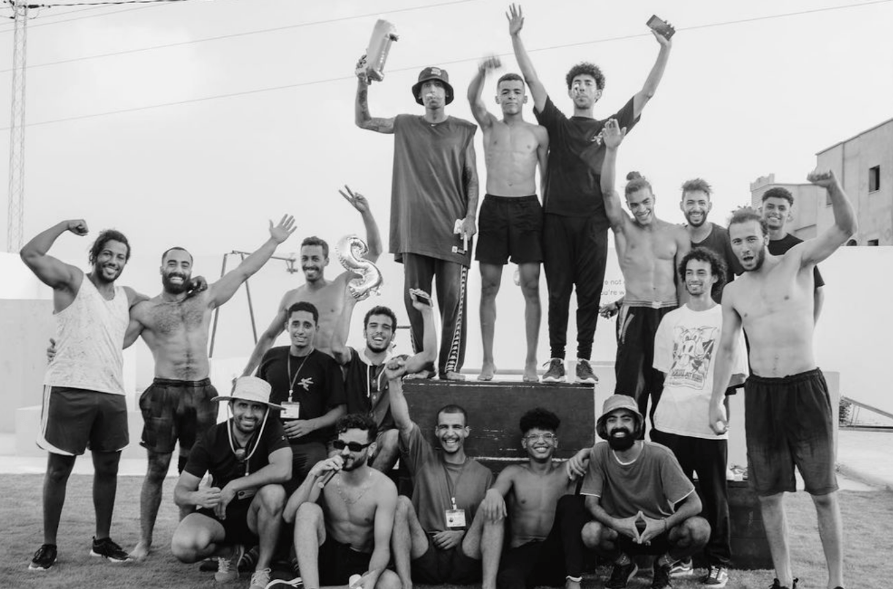In conflict zones across the Middle East and North Africa, where economic and political instability have left young people with limited opportunities and grim prospects, parkour has emerged as a powerful tool for resilience.
From Tunisia to Syria, Palestine to Morocco, youth are reclaiming the streets and transforming historical sites and ruins of war into spaces of self-expression and hope.
Parkour: A Budget-Friendly Sport
Unlike traditional sports that require expensive infrastructure, parkour only needs the urban environment itself and can be practiced anywhere. In cities where resources are limited, parkour becomes an ideal outlet for youth looking for a way to express themselves physically, mentally, and emotionally.
In Tunisia, for instance, where youth unemployment exceeds 35%, parkour offers an affordable alternative to more structured sports, allowing people to use their surroundings as a playground.
Turning Ruins Into Playgrounds
Syria
In the war-torn Syrian town of Ariha, Idlib province, parkour offers youth a way to engage with their devastated surroundings in a unique and transformative way. Amid the rubble, they find opportunities for self-expression where others see only destruction.
For a generation shaped by years of trauma and displacement, parkour goes beyond physical activity—it becomes a coping mechanism. With over 12 million Syrians still forcibly displaced across the region, this sport helps young people navigate their psychological scars and momentarily escape the harsh realities of war.
Palestine
Similarly, in Palestine, parkour has become an act of resistance against the continuous challenges of the occupation. Faced with physical barriers and restricted freedoms, Palestinians use the sport to assert agency, transforming obstacles into opportunities for self-expression and resilience.
In Gaza, where destruction is a constant reality, parkour turns ruins into a playground and confinement into a symbol of liberation. For Palestinian youth, the sport is a way to reclaim their environment, transforming the oppressive landscape of checkpoints, walls, and military occupation into spaces of personal power and defiance.
Building Resilience Through Movement
Beyond its physicality, parkour works on psychological resilience. The sport requires mental agility, problem-solving, and adaptability. It encourages young people to confront their environment, not as something that traps them but as something they can navigate and control.
In Marrakech, Morocco, and Algeria, the parkour movement is a social network that builds communities that adopt the sport as a philosophy of life beyond limitations. Architecture is looked at from a different perspective, one that invites movement explorations and gravity play.
A Pathway to Freedom and Joy
Parkour communities in the MENA region are showing us that even in the toughest of circumstances, people can find ways to thrive, adapt, and take ownership of their environment. No matter how broken the world around them may seem, they have the power to find joy beyond the gloom.
We Also Said: Don’t Miss It…Breakdancing Revolution: Arab B-Boys Taking Over the World Stage



